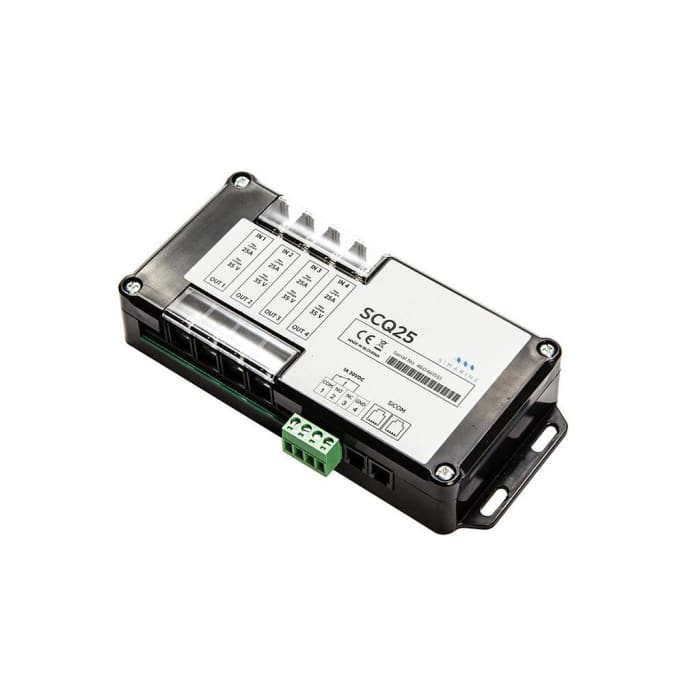

- PICO BATTERY MONITOR HOW TO
- PICO BATTERY MONITOR UPDATE
- PICO BATTERY MONITOR SOFTWARE
- PICO BATTERY MONITOR CODE
Here’s a guide on how to upload files to your Pico W.
PICO BATTERY MONITOR CODE
We have uploaded all our code to our Github repo here. Code to run Raspberry Pi Pico W weather station Then, connect the negative output from the TP4056 to a negative pin of the Raspberry Pi Pico W. Connect TP4056 to breadboard Solar-powered Raspberry Pi Pico W complete!Ĭonnect the positive output from the TP4056 to the positive rail of the breadboard, where the Schottky diode is located. Since we are powering the Pico with two power inputs, USB and the solar system, we need to use a Schottky diode.Ī Schottky diode prevents back-powering and allows you to run two voltages. Make sure the grey ring is on the diode is facing the Pico W, and the other end is connected to the positive rail on the breadboard. Schottky diodeĬonnect a Schottky diode to the VSYS pin of the Pico W. We decided to use clamps to connect our battery holder to the TP4056 in case we need to change the circuit, but you can solder the battery holder directly to the TP4056 if you’d like. The pins labelled B+ and B- need to be hooked up to the battery. On the other side, there are pins that are meant for the power output. The pins to the next to the USB-C connector are for an external power connection, like our solar module.


It’s a good practice to solder red-coloured wires to positive connections and black ones to negative. You will need to solder wires onto the TP4056. These three pins should be in-line, next to the micro-USB slot.ģV3 connects to 3V3, which is located on the other side of the board. There are four pins you need to connect: 3.3V, GND, SCL and SDA on the BME688. Place your Pico W and BME688 onto a breadboard. You can use any weather sensor such as a DHT11 or DHT22, but this article’s code and wiring is really meant for a BME688. Weather tracking device BME688 breakout board by pi3g.įor this project, we are using our BME688 breakout board designed in house. The TP4056 module will protect the battery and power the Pico W. The battery should be a 18650-series lithium battery with a nominal voltage of 3.7V. The solar panel should output at least 6 volts and 150mA. Solar set up A solar panel that powers the Pico W should output 6V and 150mA, at least. The link will also show you a quick-start method to broadcasting your own WiFi network.
PICO BATTERY MONITOR UPDATE
For example, the first public MicroPython UF2 for the Pico W has some issues with security as networks are always open.įollow this link to learn how to update it. The Raspberry Pi Pico W’s firmware is still constantly evolving so it would be best to use the latest firmware. Update your Raspberry Pi Pico W’s firmware The complete project with the solar panel on the bottom of the breadboard
PICO BATTERY MONITOR SOFTWARE
Software need to be written tested, and tutorials written.” Parts On July 1, 2022, Raspberry Pi Engineer & Forum Moderator jamesh said that, “We have already started work on the software for BT, no schedule I can offer as yet. It would be great if you could use Bluetooth, but as of this tutorial’s publication date, Bluetooth isn’t enabled on the Raspberry Pi Pico W. What about Bluetooth on the Raspberry Pi Pico W? I mean, it’s possible to buy an LTE add-on or a long-range wireless add-on, but then it wouldn’t really be a Pico W tutorial, since you could just use those components on the regular Pico. This is pretty much the best-case scenario of how we can exploit the Raspberry Pi Pico W’s advantages.

You then connect to the SoftAP that the Raspberry Pi Pico W is broadcasting, and then log into the IP address which displays the data. Let’s say you want to know what the weather is like outside. You might as well use the regular Pico in this scenario, since you won’t be able to use its wireless ability.Ī solar-powered project is probably one of them, given that you need to put it in a sunbathed area, which is usually outdoors. If you wanted to create a project that measured data away from your home, you’d find that you won’t be able to get that data wirelessly. 12 You’re done How a solar-powered project intersects with SoftAP


 0 kommentar(er)
0 kommentar(er)
